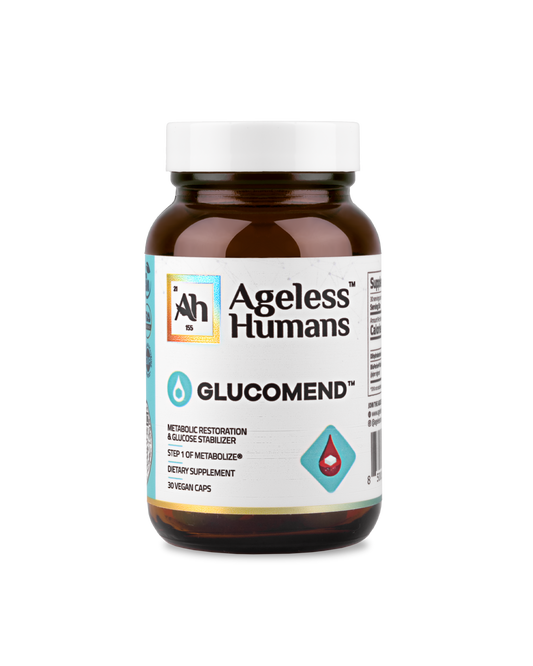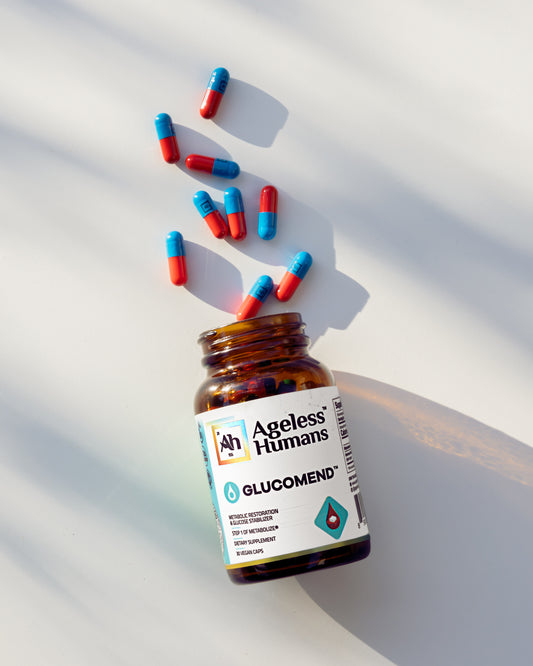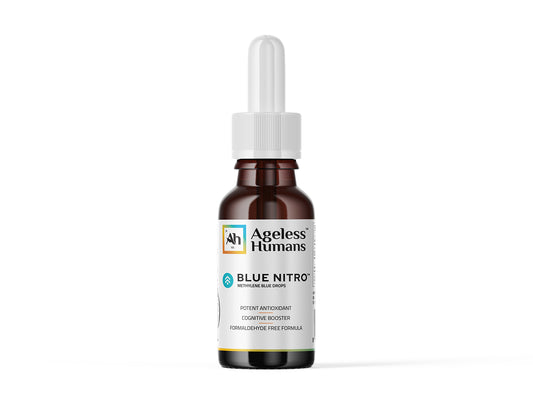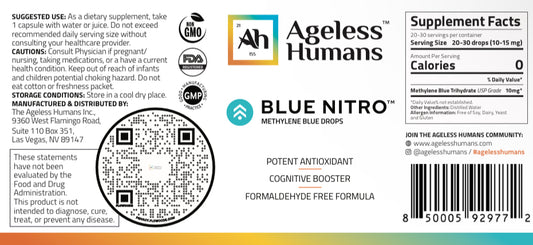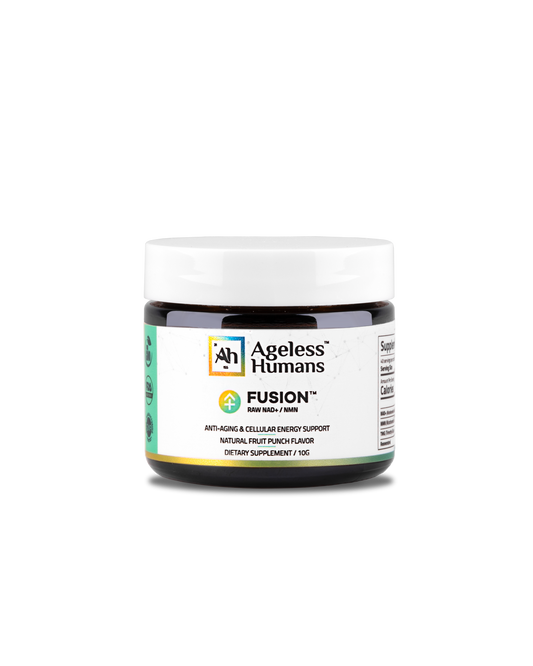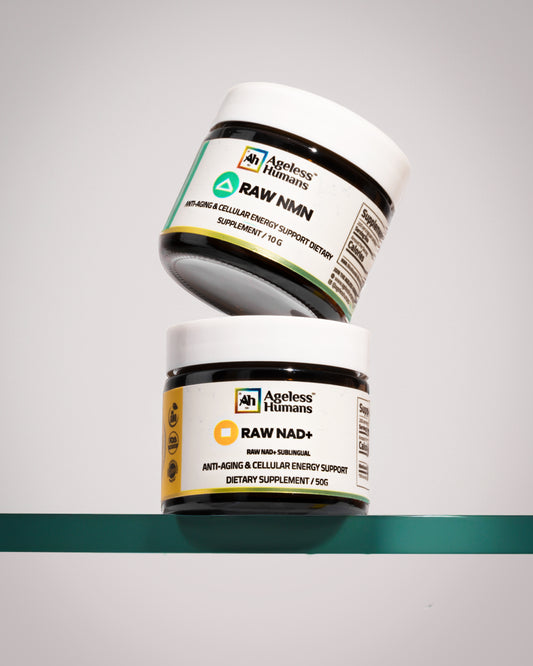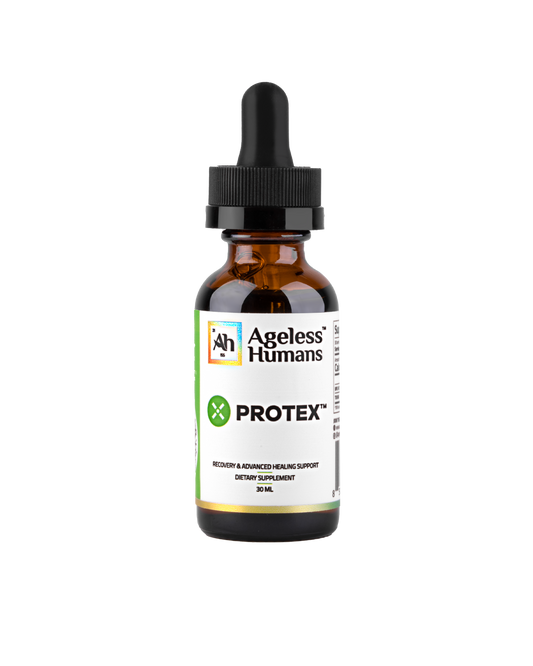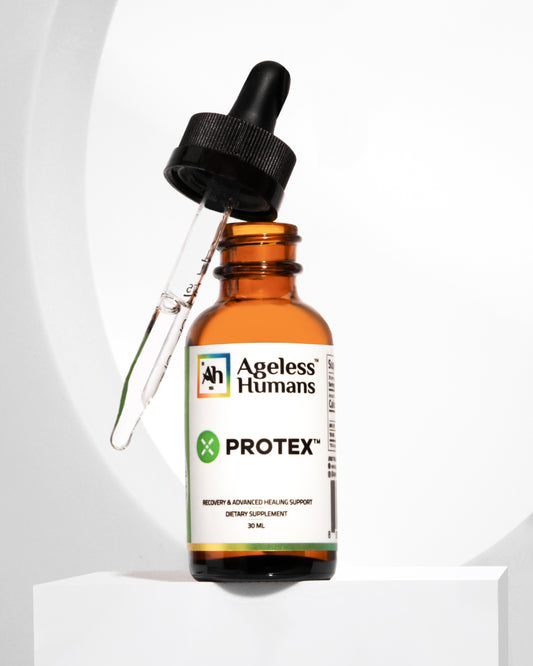Comprehensive Guide to BPC 157 Peptide
Comprehensive Guide to BPC-157 Peptide: Unlocking the Potential for Healing and Recovery
BPC 157, a peptide with a sequence of 15 amino acids, has emerged as a beacon of hope in the realms of healing and medical research. Known scientifically as "Body Protection Compound 157," this peptide has garnered attention for its remarkable capacity to accelerate the healing process across a variety of tissues including muscles, tendons, and even the nervous system. Derived from a protective protein found within the stomach, BPC 157 stands out not only for its healing properties but also for its potential to improve gut health and protect internal organs.
What Makes BPC 157 a Unique Healing Agent?
At its core, BPC 157 is a synthetic peptide that mimics a sequence found in human gastric juices. This sequence is pivotal for its healing attributes, primarily due to its effect on angiogenesis, the process by which new blood vessels form from pre-existing vessels. This is crucial for healing as it ensures the delivery of essential nutrients and oxygen to damaged tissues, thus promoting repair and regeneration.
Moreover, BPC-157 has shown to have an impressive impact on various models of tissue damage in research studies, from enhancing tendon-to-bone healing to improving the healing rate of burns and cuts. Its versatility and efficacy have made it a subject of interest for athletes seeking quick recovery from injuries and for individuals dealing with chronic conditions that impair the body's natural healing mechanisms.
Exploring the Mechanism of Action
The therapeutic potential of BPC 157 lies in its multifaceted mechanism of action. Primarily, it enhances the body's angiogenic repair processes, significantly increasing blood flow to areas of damage or injury. This not only accelerates healing but also contributes to a reduction in inflammation, a common impediment to the recovery process.
Research suggests that BPC 157 modulates the expression of genes involved in the angiogenesis pathway, notably through the activation of the VEGF (Vascular Endothelial Growth Factor) receptor. This receptor plays a critical role in the body's response to injury, mediating the formation of new blood vessels that are essential for delivering nutrients and removing waste products from damaged areas.
The Research Behind BPC 157
The efficacy of BPC 157 is not merely anecdotal; it is well-supported by a growing body of scientific research. Studies have demonstrated its healing capabilities in various contexts, including its ability to significantly speed up the recovery of torn tendons, damaged muscles, and post-surgical wounds. Moreover, research has explored its beneficial effects on gastrointestinal health, showing potential in treating conditions such as ulcers and inflammatory bowel disease.
These findings are pivotal, as they highlight not only the peptide's versatility but also its potential to offer a natural, side-effect-free alternative to traditional pharmaceuticals used in the treatment of these conditions.
Guidelines for Dosage and Administration
One of the key aspects of BPC 157's appeal is its flexibility in administration. It can be administered subcutaneously or orally, with the route often depending on the specific condition being treated. Dosages typically range from 250 to 750 mcg twice daily, but they can vary based on individual needs and the severity of the condition.
For those considering BPC 157, it's essential to consult with a healthcare professional to determine the most appropriate dosage and administration route. This ensures not only the efficacy of the treatment but also its safety, maximizing the potential benefits while minimizing any risks.
Safety and Side Effects: What You Need to Know
The safety profile of BPC 157 is exceptionally favorable, with minimal side effects reported in both clinical and anecdotal contexts. The most common side effects, when they do occur, are mild and transient, such as temporary discomfort at the injection site for those opting for subcutaneous administration.
However, it's important to note that while BPC 157 is available for research and therapeutic use, its status varies by country and it is not yet approved by regulatory agencies such as the FDA for widespread clinical use. This underscores the importance of thorough consultation and consideration before beginning a regimen that includes BPC-157 peptide.
Conclusion: The Future of Healing with BPC-157
BPC-157 represents a significant breakthrough in the field of regenerative medicine and therapeutic healing. With its robust safety profile, minimal side effects, and broad range of therapeutic applications, it offers a promising alternative or adjunct to traditional treatment methods. As research continues to unfold, the potential for BPC 157 to revolutionize the approach to healing and recovery becomes increasingly apparent, heralding a new era of therapeutic possibilities for individuals across the globe.
The future of BPC-157 peptide is ripe with potential. Ongoing and future studies aim to further elucidate its mechanisms, optimize its administration routes, and expand its applications to a wider array of health conditions. With its promising initial results, BPC 157 may soon become a staple in both clinical and non-clinical settings, offering a more natural and effective solution to healing and recovery.
Incorporating BPC 157 into Treatment Plans
For healthcare practitioners and patients alike, the incorporation of BPC 157 into treatment protocols offers an exciting avenue for enhancing recovery outcomes. Whether used as a standalone treatment or in conjunction with other therapies, BPC 157 has the potential to significantly reduce recovery times, improve healing processes, and enhance overall well-being.
Key Takeaways on BPC 157
- Healing and Recovery: BPC 157 accelerates the healing of a wide range of tissues, including tendons, muscles, and internal organs, due to its angiogenic properties.
- Safety Profile: It has a high safety profile with minimal side effects, making it a viable option for long-term use in a variety of conditions.
- Research-Supported: A growing body of research supports its efficacy in healing and recovery, making it a subject of interest for further clinical trials.
- Versatile Administration: BPC 157 can be administered subcutaneously or orally, offering flexibility in treatment plans tailored to individual needs.
- Consultation is Key: Despite its promising benefits, consultation with a healthcare professional is crucial to ensure its appropriate use and to navigate legal considerations.
Moving Forward with BPC 157
As Ageless Humans stands on the brink and at the forefront of new discoveries in healing and recovery, BPC-157 offers a glimpse into the future of medicine—a future where recovery is accelerated, and treatments align more closely with the body's natural processes. With each new study, the potential of BPC 157 unfolds, promising a revolution in the way we approach healing and well-being.
Featured Products
-
Blood Sugar Support w/ GlucoMend®
Regular price $44.99Regular priceUnit price per -
Blue Nitro® Methylene Blue 1% Drops
Regular price $39.99Regular priceUnit price per -
NAD+ & NMN Sublingual Powder (Dual): Fusion®
Regular price $49.99Regular priceUnit price per -
Protex™ Advanced Tissue Recovery & Repair (BPC157 & TB500)
Regular price $89.99Regular priceUnit price per

